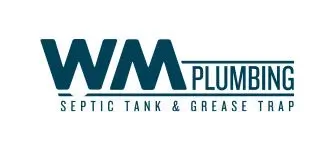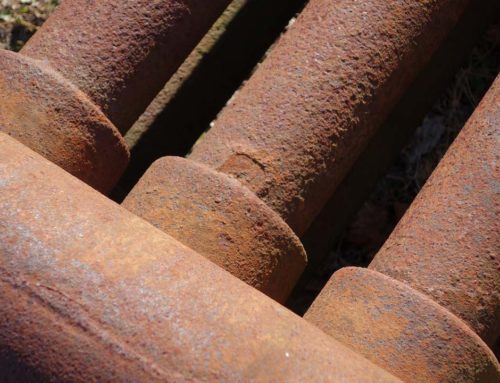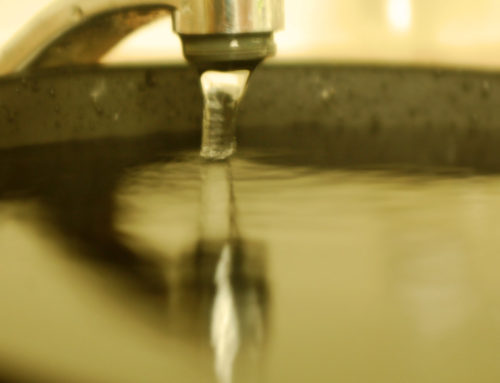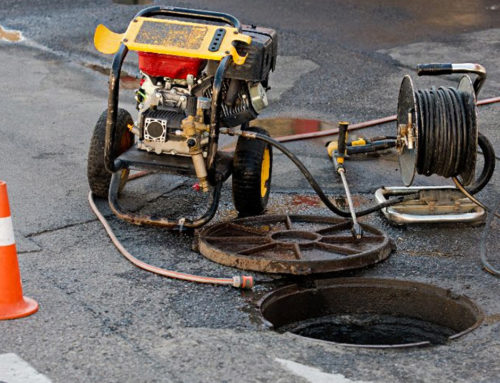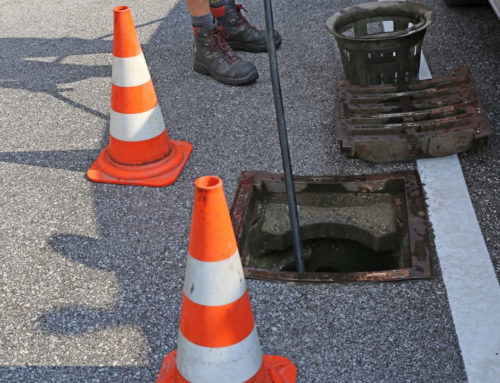How to Deal With Low Water Pressure in a High-Rise
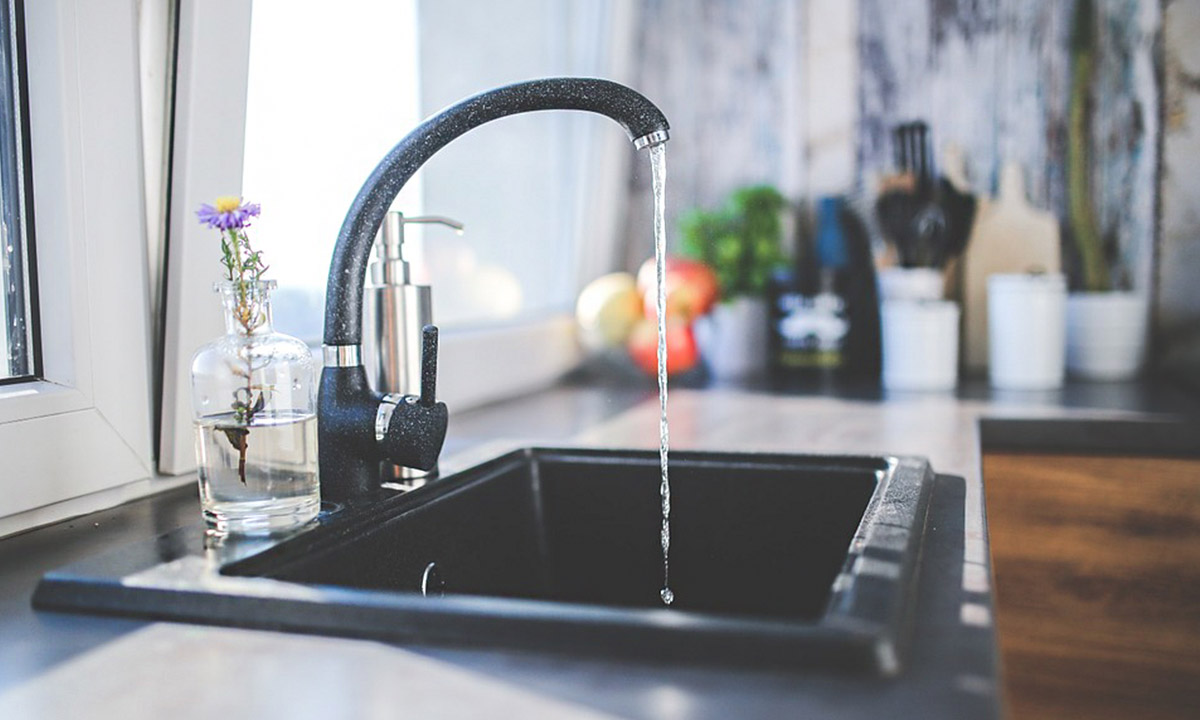 Living in a high-rise apartment comes with its own set of perks—panoramic views, city-central locations, and often top-tier amenities. However, one common challenge residents face is low water pressure, especially on higher floors. Poor water pressure can make everyday activities like showering, washing dishes, or doing laundry frustrating and inefficient. There are several steps you can take to identify, address, and potentially resolve this issue.
Living in a high-rise apartment comes with its own set of perks—panoramic views, city-central locations, and often top-tier amenities. However, one common challenge residents face is low water pressure, especially on higher floors. Poor water pressure can make everyday activities like showering, washing dishes, or doing laundry frustrating and inefficient. There are several steps you can take to identify, address, and potentially resolve this issue.
Understand the Cause
Before implementing a solution, it’s important to understand the root cause of the low water pressure. In high-rises, water is typically pumped to a rooftop or intermediate tank and then distributed to individual units by gravity or additional booster pumps. The higher your floor, the more pressure is required to deliver consistent water flow.
Common causes of low water pressure in high-rise buildings include:
- Inadequate pumping systems
- Faulty or aging plumbing infrastructure
- Clogged pipes or aerators
- Leaks within the building
- High demand during peak usage hours
- Pressure-reducing valves (PRVs) set too low
Once the potential cause is narrowed down, the appropriate remedy becomes easier to identify.
Report and Collaborate With Building Management
If you live in a managed building, your first course of action should be to report the issue to the property manager or maintenance team. It’s possible the problem affects multiple units, especially if the pressure drop is sudden or building-wide.
Management may:
- Inspect the booster pump systems to ensure they’re functioning properly.
- Evaluate the building’s plumbing layout and look for leaks or blockages.
- Adjust or replace pressure-reducing valves if they’re set too low for higher floors.
High-rise plumbing systems are complex and interconnected, so addressing the issue at the source is often more effective than individual fixes.
Test Water Pressure Independently
If you’re not getting help from building management or want to better understand the situation, you can perform a simple water pressure test in your unit using a pressure gauge. Attach the gauge to a faucet (preferably a hose bib or laundry connection) and check the PSI (pounds per square inch). Normal residential pressure ranges from 40–60 PSI. If your reading is significantly lower, especially under 30 PSI, there’s a clear issue.
Install a Pressure Booster Pump
If the problem is isolated to your unit and building management isn’t providing a solution, consider installing a domestic water pressure booster pump. These compact systems are designed to increase water pressure in apartments and condos and are particularly effective for top-floor units.
However, installing a booster pump may require:
- Approval from building management or HOA
- Professional installation
- Adherence to local plumbing codes
In some cases, a pressure tank combined with the booster pump can maintain consistent pressure even during peak usage.
Clean Fixtures and Replace Aerators
Mineral buildup in faucets and showerheads can also mimic low water pressure. If the water pressure seems low at one or two specific fixtures, try unscrewing and cleaning the aerators. Soaking them in vinegar can dissolve calcium and lime deposits. If cleaning doesn’t work, replacing them with high-efficiency, pressure-boosting models may improve water flow.
Use Low-Flow Fixtures Designed for Low Pressure
Low-flow doesn’t always mean low performance. Many manufacturers design low-flow showerheads and faucets specifically to perform well under low-pressure conditions. These devices optimize water distribution and flow patterns, offering better results even with minimal pressure.
Schedule Regular Plumbing Maintenance
In older buildings, corroded or clogged pipes can gradually reduce water pressure over time. Scheduling periodic inspections and maintenance can help identify issues before they become major problems. Property management should ideally include plumbing in their routine maintenance checks, especially in buildings over 20 years old.
Low water pressure in a high-rise can be more than just an inconvenience—it can signal deeper infrastructure problems. While some solutions can be implemented on a personal level, such as cleaning aerators or using booster pumps, many issues require action from building management or a qualified plumber.
Whether you’re a tenant or an owner, staying proactive and informed is key. By identifying the cause and pursuing appropriate solutions, you can ensure a more comfortable and functional living space—no matter how high up you live.
